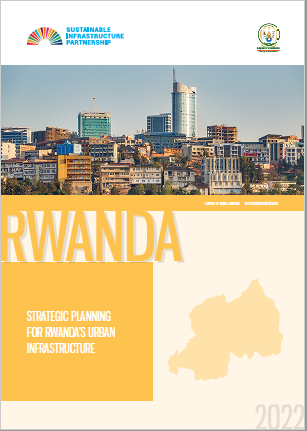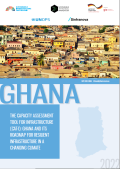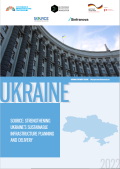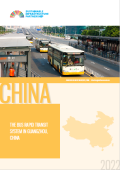
The case study details Rwanda's strategic planning approach to the development of an Eco-Tourism Park in line with the national green Growth strategy.
The Government of Rwanda’s (GoR) development vision emphasizes the importance of environmental protection, natural resource management and climate change preparedness. The GoR has thus embraced a Green Growth strategy for the country. The Government’s vision for Kigali’s infrastructure, outlined in the Kigali Master Plan, mirrors this country-level strategy of Green Growth. In addition to developing Kigali and Rwanda in a way that secures the country’s natural assets, Rwanda is also committed to creating accessible green and open spaces for its citizens and visitors. Rwanda’s Vision 2050 outlines a target for 25% of Kigali City to be turned into recreational spaces, and to create a park in every neighbourhood with 2,000 - 50,000 inhabitants.
Nyandungu Urban Wetland Eco-Tourism Park (NUWEP) represents an example of a sustainable infrastructure project implemented in the context of the Kigali Master Plan. The Nyandungu wetland was historically used for agricultural and pastoral activities. The wetland was polluted with sewage outflow from surrounding neighbours, as well as pollutants from road run-off, the industrial zone and urban development. The Ministry of Environment, through the Rwanda Environmental Management Authority, has prioritized development of NUWEP in partnership with the Rwanda Green Fund (FONERWA), the Italian Government through the Italian Ministry of Ecological Transition and the Global Environmental Facility (GEF) to provide the following functions: a) preserve the ecological function of the wetland; b) provide flood control and mitigation; c) improve the air quality and other environmental health for the surrounding community and Kigali City; d) provide space for education, recreation and contemplation and e) apply state of the art practices for environmental, economic, and social sustainability.




